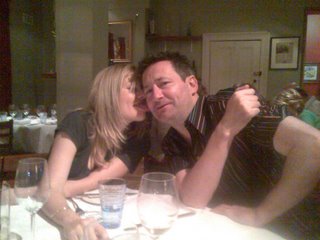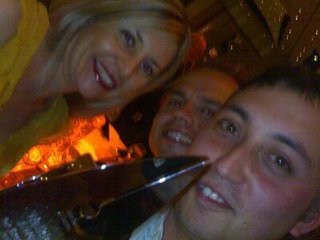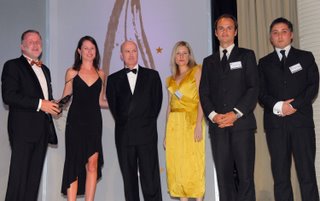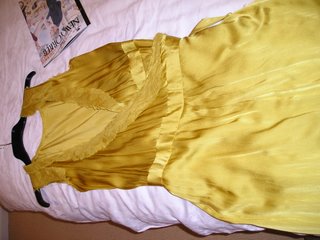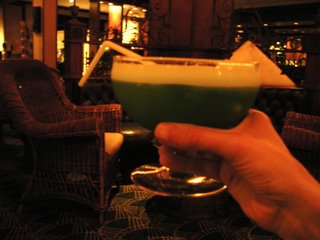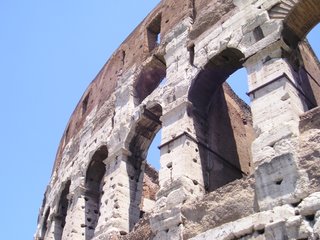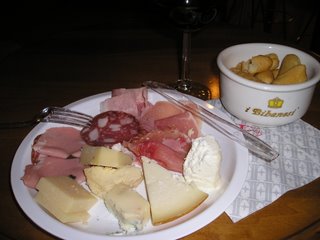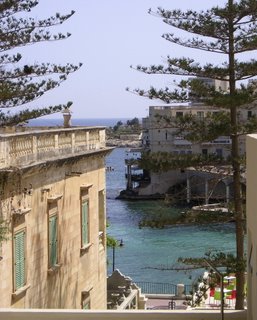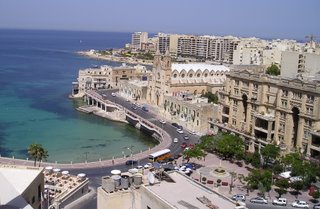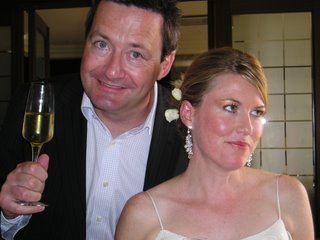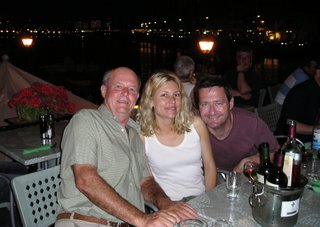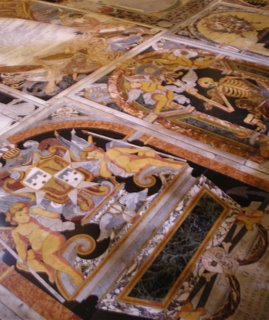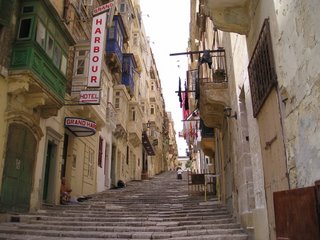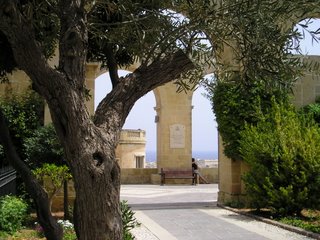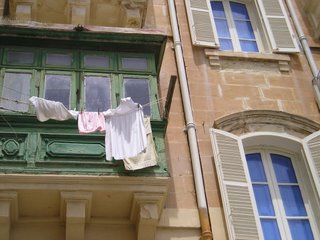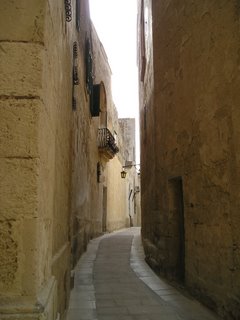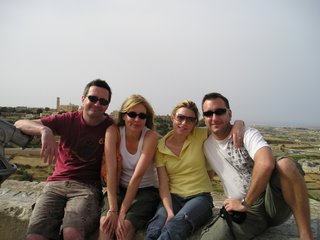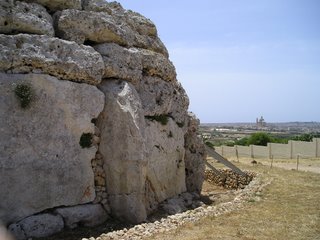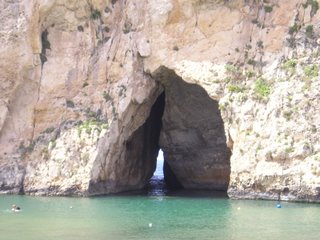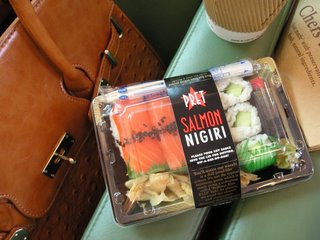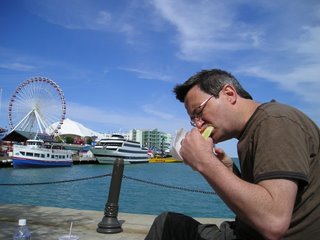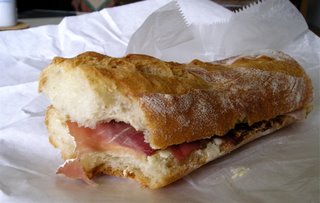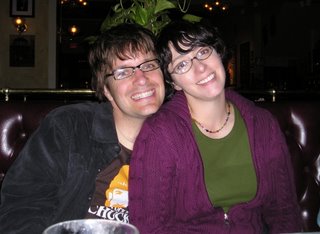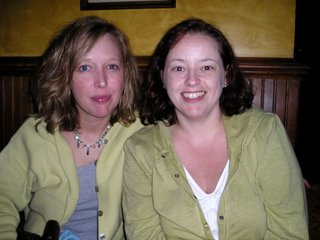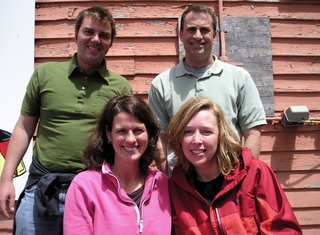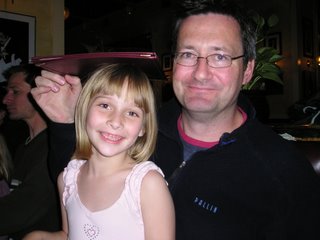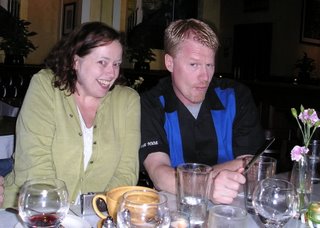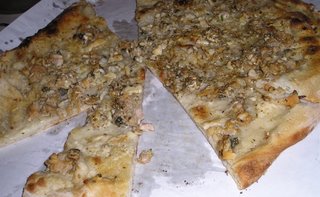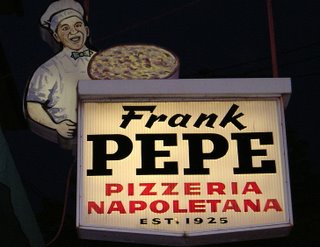At 10am this Thursday the clocks will strike midnight in France,
setting off hundreds of wine-filled lorries speeding towards towns and
cities in France and across the world. Eager drinkers will greet the
new wine, which only a few weeks earlier was mere grapes on the vine,
and in doing so take part in one of the world's largest and most
exuberant harvest festivals.
Beaujolais Nouveau is not a serious wine but it's an event: a
charming annual rite for the wine lover and a celebration of the
vintage.
It has also become a marketing stunt with its
race around the world dreamt up by a savvy winemaker in the 1970s, but
the event actually has its origins in the nineteenth century when the
harvest's new wine would complete fermenting in cask en route to nearby
towns and villages. While the whole practice certainly provides a quick
financial return for winemakers, the annual event is looked upon by the
French - who cherish their provincial traditions - as part of the
national culture. Much like their wine.
Valérie Nicolas, the director of the Alliance Francaise in Sydney,
says the first wine of the French year is "something sacred". Like
Proust's madeleines, the ritual is an olfactory memory: "I recognise the smell. It's the smell of the harvest and then you have it in your mouth".
For many French people, Nicolas says, the third Thursday in November
is a "rite" - a day of the year for getting together with friends,
telling stories and singing in the streets beneath party lights and
braziers in the chilly November outdoors. A day when all generations
mix together in enjoyment of the light, quaffable red.
Although the
Beaujolais Nouveau is at the centre of the festivities, which start
earlier in the day when the wine arrives (Nicolas says her parents will
open a bottle as an aperitif before lunch), the wine is really an excuse
for the annual celebration. "It's a way to set up the culture, it's
tradition ... so many things. Beaujolais is like 1950s Paris, old
French songs, Robert Doisneau, lively streets, the beret and baguette,
the French thing you can do. It's also about the notion of pleasure."
For Brice Pinoncely, a Parisian living in Sydney, the Beaujolais
Nouveau itself isn't much of a drawcard: "I think the Beaujolais Nouveau
is not a good wine at all. [The day] is a pure tradition that's part
of the French culture. Probably just an excuse to get pissed the same
way as Australians do for the Melbourne Cup."
We can participate in the ritual too; because the phenomenon went
global in the 1970s, some cases of Beaujolais Nouveau are permitted to
be released early enough to be rushed around the world. On Thursday,
French restaurants are hosting fêtes so that Australians can practice
over-imbibing French-style simultaneously to (or, thanks to our
timezone, even earlier than) our Parisian cousins. At Sydney's
Alliance Francaise
they're having a knees-up with accordionists, former Wallabies in
attendance, and a groaning buffet of cheese, quiche and charcuterie. If
that doesn't sound like the perfect conditions for a party, I don't
know what is.
Beaujolais Nouveau is the sort of stuff people tend to glug lustily,
making it a perfect party wine. It is exuberant, tastes of juicy red
fruits, and its youthful zip and acidity refreshes and stimulates the
appetite. It's fantastic with food but is more suited to finger food
than big dinners, where its shortcomings quickly become obvious.
This is by no means a great wine; in fact it's sometimes an awful
one. Just don't be too precious about it.
Beaujolais Nouveau is a wine
to be enjoyed with laughter and conversation, then swallowed and
forgotten. Wine critics disparage it, and it's sometimes raw and
unfinished, but for wine romantics that's part of its appeal. What more
can you expect from a wine made so quickly? Don't judge the product
too harshly - Beaujolais Nouveau is about celebrating all wine rather
than savouring this one example. Drink a glass and give thanks for the
gift of vinification.
Should you bring home a bottle from a wine store, consume it
immediately - it won't last. Tradition holds that Beaujolais Nouveau
shouldn't be drunk after January 1st; the idea was to get it out of the
way before the better stuff arrived. The speedy winemaking process (a
matter of weeks) means the wine doesn't have much structure, but if
you're curious to try some well-crafted Australian wine from the same
grape, gamay, look for the extraordinary
Sorrenberg Gamay
out of Beechworth, which is grown in granite soil similar to that in
the Beaujolais region of Burgundy. Or try some "real" village
Beaujolais, which is a very different wine to the Nouveau, although not
as ephemeral, and with none of the significance of new beginnings.
Do you drink Beaujolais Nouveau in November? What's your opinion
of the wine and the tradition? Do you think Australia should honour the
release of rosé wines with an annual festival?
This post originally appeared in The Sydney Morning Herald.

 Our lake in Ann Arbor. A long way from the sandy feet and frangipani of a Sydney Christmas!
Our lake in Ann Arbor. A long way from the sandy feet and frangipani of a Sydney Christmas!
